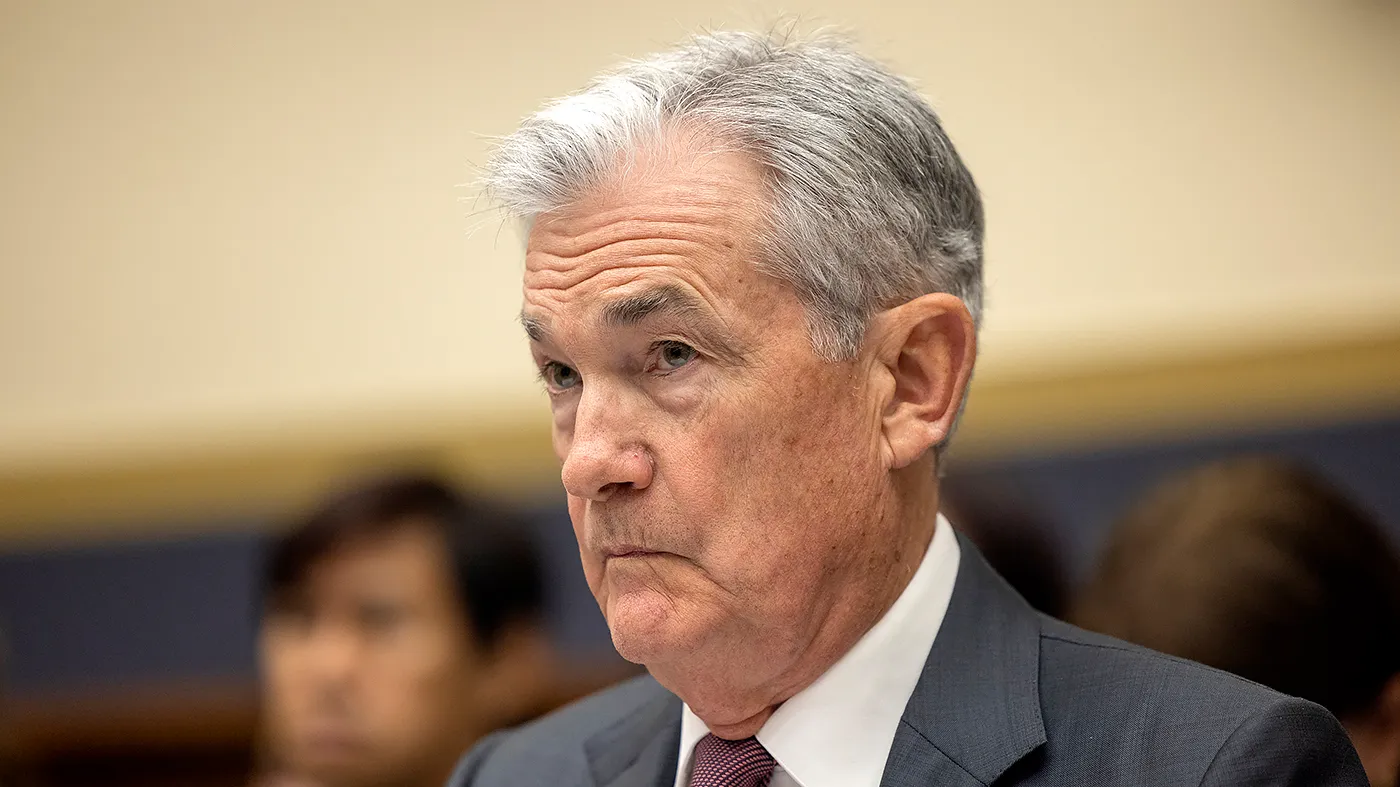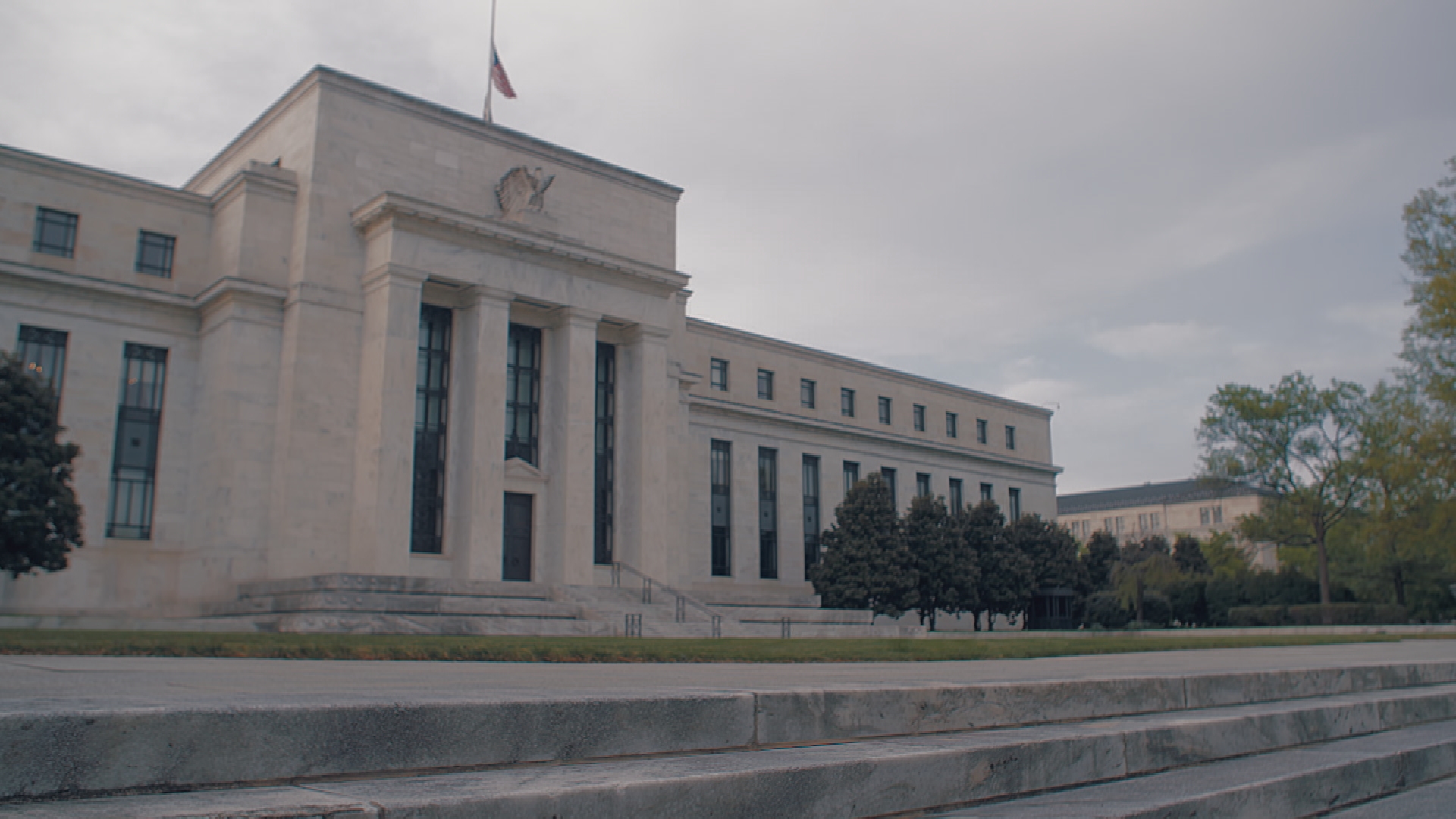The Federal Reserve finds itself at a crossroads as it addresses the complex interplay of rising inflation and the looming presidential election. Experts believe the Fed will refrain from making any significant interest rate cuts until after the November polls.
Recent inflation data has painted a concerning picture, with prices showing persistent strength throughout the first quarter of 2024, surpassing expectations and hindering progress toward the Fed’s 2% target.

This has prompted speculation that the Fed might implement its first rate cut during the September 17-18 meeting, just weeks before Election Day. However, such a move would thrust the Fed into the political spotlight, a position it actively seeks to avoid.
Fed officials maintain that their policy decisions remain independent of political influence, emphasizing their commitment to economic stability rather than electoral considerations.
While President Joe Biden hopes for a favorable economic backdrop during the campaign season, former President Donald Trump has hinted at the Fed’s potential role in influencing the election outcome.
Despite projections indicating the likelihood of three rate cuts this year, recent data challenges this forecast. Previously anticipated rate cuts, expected to commence in June, now face uncertainty as inflationary pressures persist.
Some analysts predict that the Fed may delay rate cuts until December or even 2025, significantly altering the economic landscape for both political parties.

The evolving situation has prompted a reassessment from prominent financial institutions, including JP Morgan, Bank of America, and Deutsche Bank.
These institutions have revised their predictions, acknowledging the possibility of a prolonged delay in rate cuts.
Such a scenario would present challenges for Biden’s campaign, as he contends with the dual pressures of higher borrowing costs and persistent inflation.





